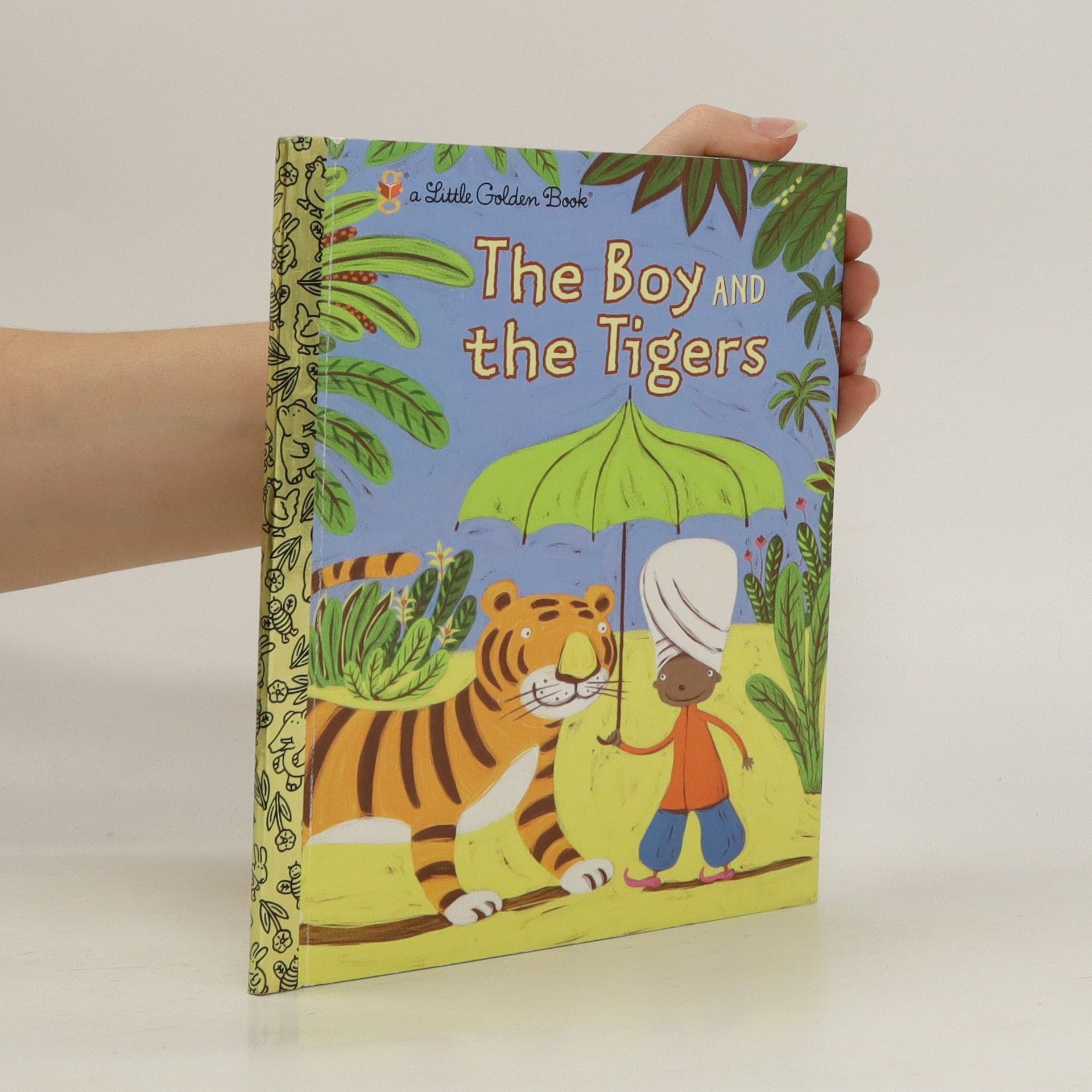The Story of Little Black Sambo
Color Facsimile of First American Illustrated Edition
- 62 pages
- 3 hours of reading
Set in South India, the story follows a young boy named Sambo who encounters four tigers while out for a walk. To avoid being eaten, he gives away his vibrant clothes and umbrella. The tigers, each believing they are the best dressed, end up chasing each other around a tree, resulting in their transformation into ghee. Sambo retrieves his clothes and the ghee, which his mother uses for pancakes. This reprint of the 1923 edition features 27 color illustrations that align more closely with the artistic style of its time, avoiding the racist depictions found in other versions.

